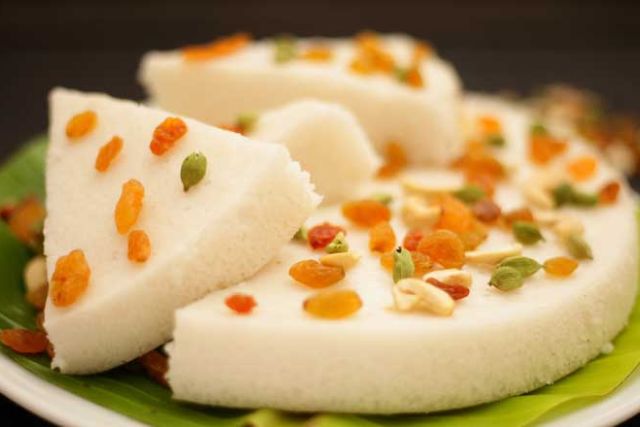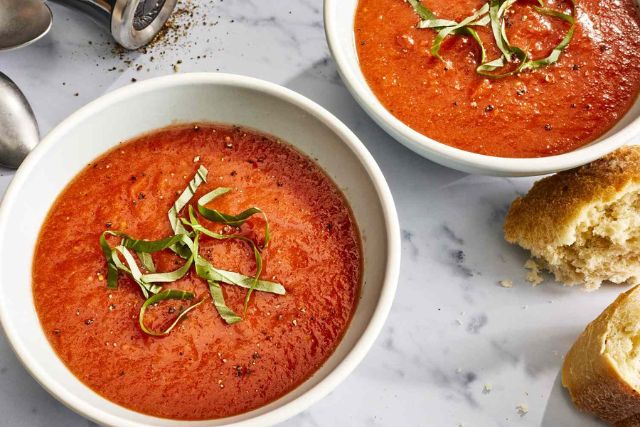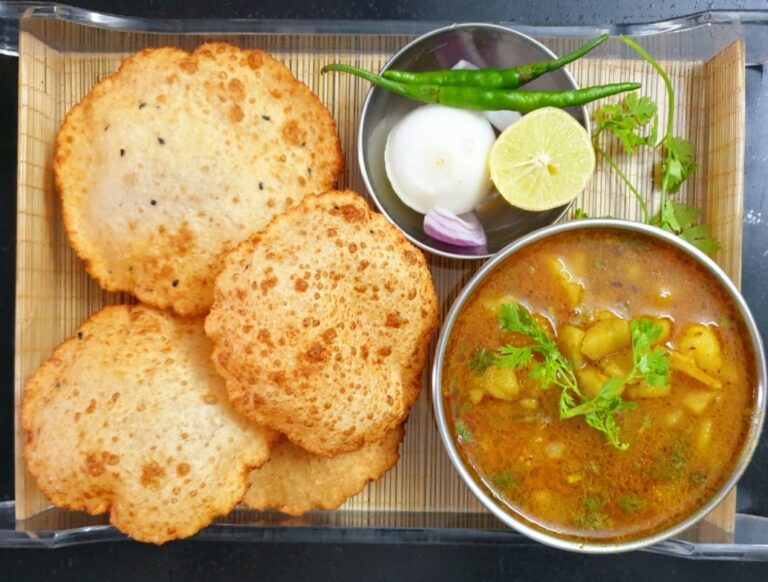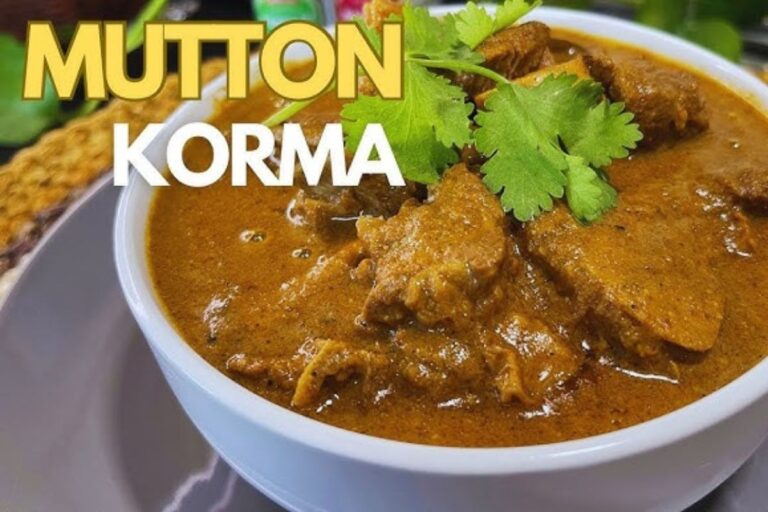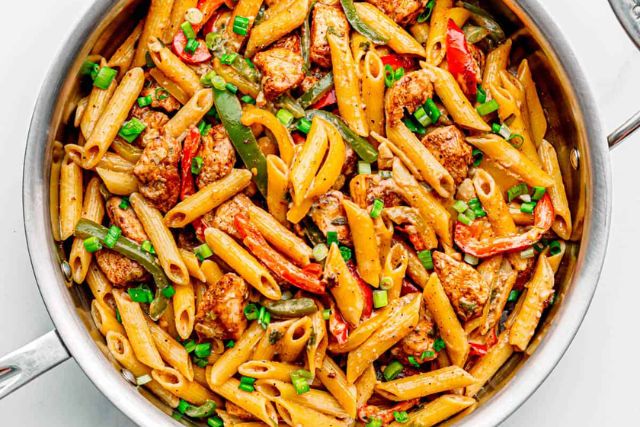Vattayappam Recipe : Step by Step, ingredient
If you are a fan of South Indian dishes and are craving for something healthy, steamed and sweet, then the Vattayappam recipe is perfect for you! Vattayappam is a traditional steamed dish of Kerala, made mainly from rice, coconut and yeast. It is a type of steamed rice cake that is made with great love during festivals, special occasions and especially church festivals in the Christian community.
Origins and Cultural Significance of Vattayappam Recipe
Vattayappam is a type of South Indian steamed sweet cake that is mainly popular in Kerala. Its name comes from the Malayalam language – ‘Vatta’ means round and ‘Appam’ means cake. This dish is especially prepared during Christian festivals, church festivals, and family events. It is used – soaked rice, grated coconut, sugar, yeast and cardamom. It is fermented and steamed, making it spongy, soft and mildly sweet.
Key Ingredients of Vattayappam Recipe
The most important thing in this recipe is its simple and natural ingredients. No fuss, no heavy oil. Just a few basic things and lots of love.
- Raw Rice: Typically, parboiled rice or raw rice (like sona masuri) forms the base of Vattayappam batter. It provides the structure and texture to the cake.
- Coconut: Freshly grated coconut or coconut milk adds richness and enhances the flavor of Vattayappam. It is a staple ingredient in Kerala cuisine.
- Yeast: Used as a leavening agent, yeast helps the batter to rise and ferment, giving Vattayappam its characteristic softness and airy texture.
- Sugar: Balances the flavors and adds sweetness to Vattayappam. It can be adjusted according to personal taste preferences.
- Cardamom: Ground cardamom powder or whole cardamom pods are used to impart a subtle yet distinctive aroma to Vattayappam.
- Cooked Rice: A small portion of cooked rice is often added to the batter to enhance the texture and fermentation process.
- Salt: A pinch of salt enhances the overall flavor profile of Vattayappam.
Preparation Method – Vattayappam Recipe
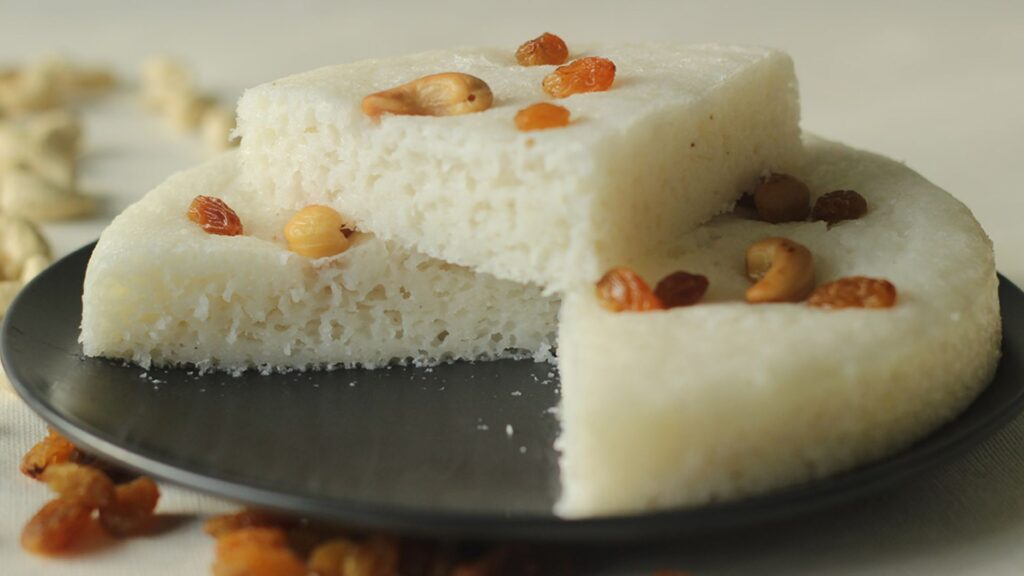
Now, let’s explore the step-by-step process of preparing Vattayappam Recipe:
Step 1: Soaking and Grinding Rice
- Wash and soak raw rice in water for at least 4-6 hours or overnight. Drain the soaked rice.
- Grind the soaked rice along with freshly grated coconut and cooked rice into a smooth batter. Add water as needed to achieve a pancake batter-like consistency.
Step 2: Fermentation
- Transfer the ground batter into a large bowl.
- Dissolve yeast in lukewarm water and add it to the batter. Mix well.
- Cover the bowl with a clean cloth and let the batter ferment in a warm place for 6-8 hours or overnight. The fermentation process is crucial for the texture and flavor of Vattayappam Recipe.
Step 3: Seasoning the Batter
- Once fermented, the batter will have risen and become frothy. Stir the batter gently to incorporate air.
- Add sugar, cardamom powder, and salt to the batter. Mix well until all ingredients are evenly combined.
Step 4: Steaming
- Prepare a round or rectangular steaming vessel (vatta or appachembu) by greasing it with oil or ghee.
- Pour the batter into the prepared vessel, filling it to about 3/4th full. Tap the vessel gently to remove any air bubbles.
Step 5: Steaming
- Steam the Vattayappam over medium heat for 30-40 minutes or until a toothpick inserted into the center comes out clean.
- Once cooked, remove the vessel from the steamer and let it cool for a few minutes.
Step 6: Serving
- Slice the Vattayappam into wedges or squares and serve warm or at room temperature.
- It pairs beautifully with coconut chutney, kadala curry (black chickpea curry), or simply enjoy it with a cup of tea or coffee.
Vattayappam Recipe Variations and Serving Suggestions
While the classic Vattayappam recipe is a delight in itself, there are several variations and serving suggestions you can explore to suit your taste:
- Ela Ada Vattayappam: Add banana slices or jackfruit pieces to the batter for a fruity twist.
- Ragi Vattayappam: Substitute a portion of rice with ragi flour (finger millet) for a healthier alternative.
- Jaggery Vattayappam: Replace sugar with jaggery for a richer, earthy sweetness.
Health Benefits and Nutritional Value
Vattayappam Recipe offers several health benefits due to its wholesome ingredients:
- Rice: Provides carbohydrates for energy and dietary fiber for digestive health.
- Coconut: Rich in healthy fats, vitamins, and minerals, coconut contributes to overall well-being.
- Yeast: Contains B vitamins and supports gut health through fermentation.
Now that you know how to make this soft, spongy, sweet and perfectly healthy Vattayappam, what’s the delay? Make at home, feed friends and family and enjoy the traditional flavour that comes straight from the streets of Kerala.
Remember – food not only fills the stomach, it also makes memories. And the Vattayappam recipe is all set to be a part of those memories.
For more mouthwatering recipes and cooking tips, save Cookwithbisht to your favorites, ask us anything in the comments, and share these delicious ideas with your food-loving friends!
Frequently Asked Questions (FAQs)
What is Vattayappam?
Vattayappam is a traditional Kerala dish, a type of steamed rice cake known for its soft and fluffy texture. It is made from fermented rice batter, coconut, yeast, sugar, and flavored with cardamom. Vattayappam is popularly enjoyed as a breakfast item or a tea-time snack in Kerala, India.
How do you make Vattayappam Recipe?
Here’s a simplified version of the Vattayappam recipe:
1) Soak raw rice in water for several hours or overnight. Drain and grind it with freshly grated coconut and cooked rice into a smooth batter.
2) Add yeast dissolved in lukewarm water to the batter and let it ferment for 6-8 hours.
3) Once fermented, season the batter with sugar, cardamom powder, and salt.
4) Pour the batter into a greased steaming vessel (vatta or appachembu) and steam for 30-40 minutes until cooked through.
5) Serve warm or at room temperature with coconut chutney or a side of curry.
Can Vattayappam Recipe be made without yeast?
Yes, Vattayappam can be made without yeast by using alternatives like baking powder or baking soda. However, yeast is traditionally used to achieve the characteristic light and airy texture of Vattayappam through fermentation.
Is Vattayappam gluten-free?
Yes, Vattayappam is typically gluten-free as it is made from rice and does not contain wheat or any gluten-containing grains. It is suitable for individuals following a gluten-free diet.
What are the variations of Vattayappam?
Vattayappam can be prepared with variations to suit different tastes and preferences:
1) Ela Ada Vattayappam: Includes banana or jackfruit pieces in the batter for added flavor.
2) Ragi Vattayappam: Uses ragi flour (finger millet) along with rice for a healthier version.
3) Jaggery Vattayappam: Sweetened with jaggery instead of sugar for a richer, earthy sweetness.
